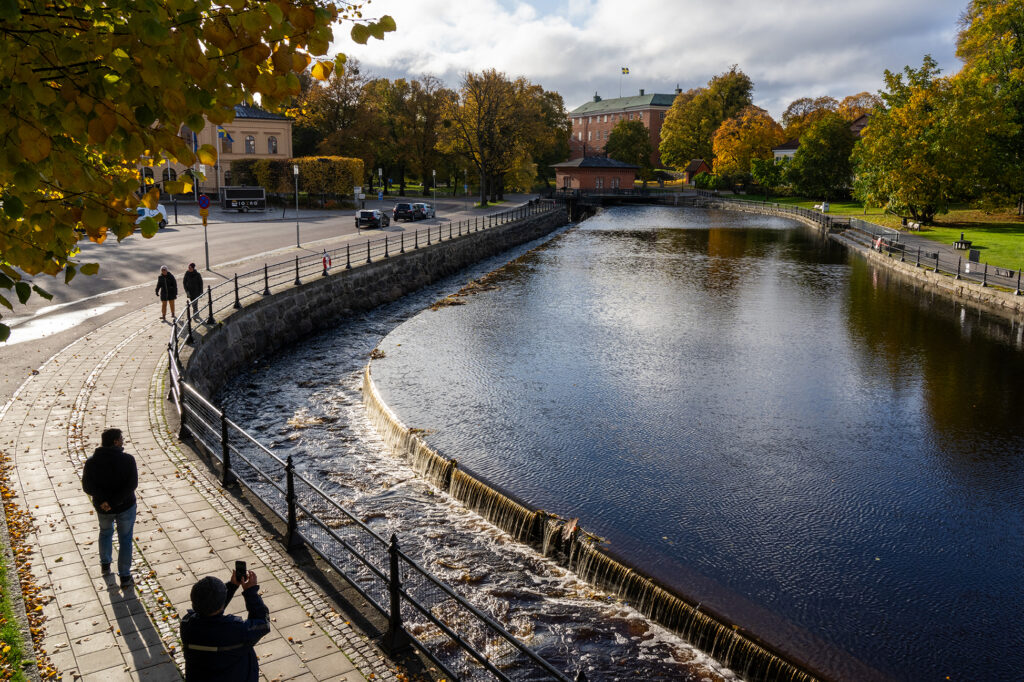The Turbinhuset building in central Västerås is a testament to the city’s rich industrial history and the establishment of ASEA over a century ago. But that said, the power station dam – which is still producing electricity – has prevented fish from migrating upstream from Lake Mälaren to the Svartån river.
When Mälarenergi AB and the City of Västerås opened up the Svartån river for fish migration, a great deal of care was required to protect the cultural environment. There is now a long, sloping passage near the incline of the hydroelectric plant, where the water is allowed to flow freely. Eel and asp, pike and river lamprey have swum up here to spawn in the Svartån river.
This 180-metre-long fauna passage is considered to be a good example of how we can protect culture and nature at the same time. It was presented with the Arkitekturpriset award in Västmanland in 2020, and the reasons for this were stated as: ”without disturbing the aesthetic and cultural-historical values of the site […] the fauna passage lifts and refines its surroundings through its interplay with the properties of the water.”



